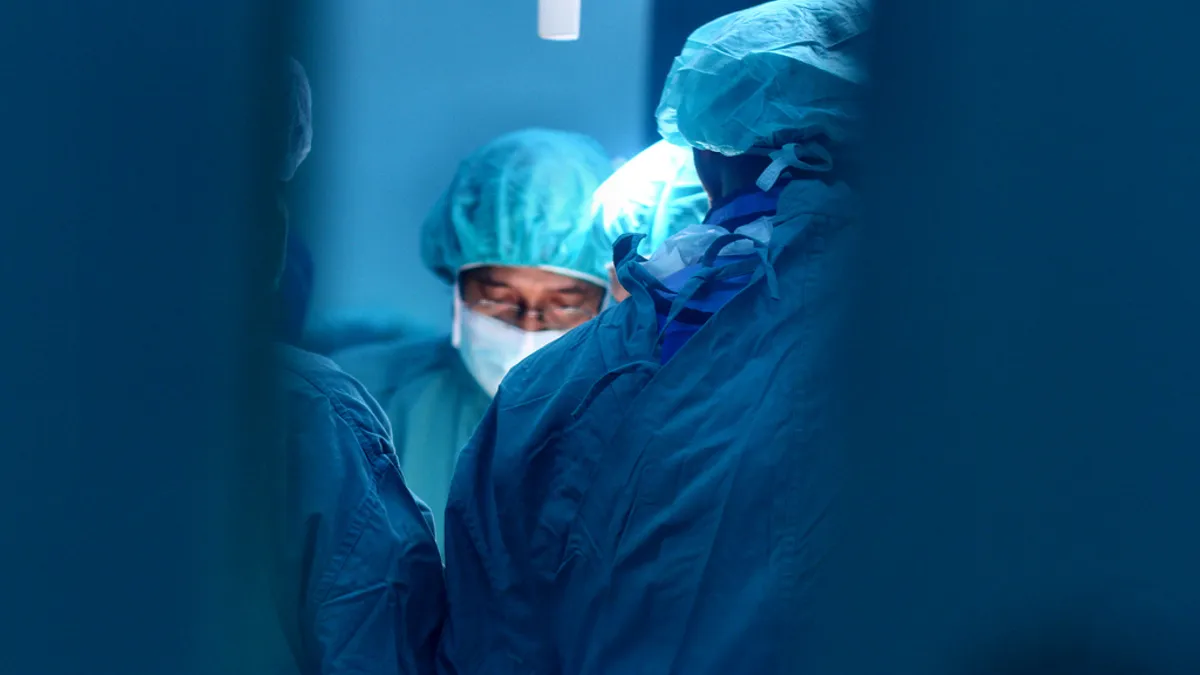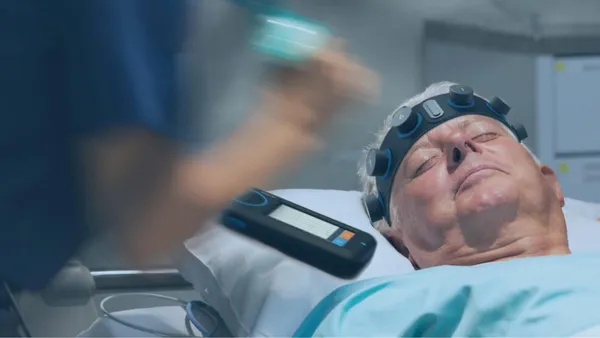UPDATE: Sept. 12, 2019: V-Wave said Thursday it’s received a second breakthrough device designation for its in-development implantable interatrial shunt, this time for use in patients with pulmonary arterial hypertension. The rare condition is characterized by narrowed or blocked arteries in the lungs, which can stress the heart and lead to heart failure, the indication designated by FDA in August.
Whereas the heart failure indication is being tested in a pivotal trial, the PAH indication is being assessed in an early feasibility study. The PAH market is smaller; an estimated 500 to 1,000 new cases are diagnosed in the U.S. each year, compared to approximately 550,000 cases of heart failure.
Dive Brief:
-
Israel-based V-Wave said Thursday it was granted FDA breakthrough device designation to speed development and review of its interatrial shunt for patients with advanced heart failure.
-
The minimally invasive implant is designed to alleviate pressure on the left side of the heart and reduce the buildup of fluid in the lungs.
-
The company said it is now enrolling patients in its pivotal investigational device exemption (IDE) trial, which is being funded through a $70 million Series C round of financing.
Dive Insight:
The V-Wave device is designed to help treat the two types of left-sided heart failure in patients who remain symptomatic after treatment with guideline-directed medical and device therapies.
More than six million people in the United States are living with chronic heart failure. Left atrial pressure is the most common reason for exercise limitation and hospitalizations among chronic heart failure patients, sending more than three million people to the hospital every year.
For patients who have heart failure with reduced ejection fraction, the heart can't pump with enough force to push an adequate amount of blood into circulation. In the second type, called heart failure with preserved ejection fraction, the left ventricle becomes stiff and can't properly fill with blood during the resting period between beats.
The shunt is designed to prevent episodes of elevated left atrial pressure and therefore decrease hospitalizations, increase exercise tolerance, improve quality of life and potentially extend survival, the company said.
V-Wave said it will evaluate the safety and effectiveness of the device in a global, randomized, controlled, double-blinded pivotal study of 500 patients called RELIEVE-HF. Patients are being enrolled in North America, Europe and Israel.
V-Wave's Series C financing round, which closed in April 2018, was led by Deerfield Management. Healthcare funds Endeavour Vision, Quark Venture and Aperture Venture Partners were new investors. V-Wave’s existing major investors also participated in the round, including Johnson & Johnson Innovation, Edwards Lifesciences, BRM Group, Pontifax, Pura Vida Investments, TriVentures, BioStar Ventures, and Israel Secondary Fund.
To improve patient access to breakthrough devices, CMS earlier this month outlined a new technology add-on payment model in the Inpatient Prospective Payment System rule for 2020. The policy requires an FDA-designated breakthrough device to meet certain cost criteria to receive the add-on payment rather than demonstrate the substantial clinical improvement standard now required.
The new policy, expected to provide increased reimbursement for medical devices designated as breakthrough, takes effect with applications for payments in fiscal year 2021.










